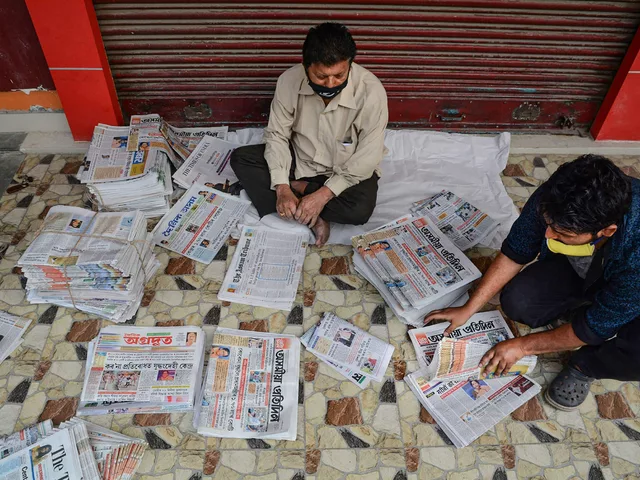Cultural Adaptation: How to Settle into Indian Life Fast
Want to fit in faster in India? Start by watching more than reading. You can learn a lot by noticing daily habits — how people greet, how they dress, and how they queue (or don’t). That quick observation tells you what’s normal in a neighbourhood and helps avoid awkward mistakes.
Carry a few polite phrases in Hindi or the local language. A simple "Namaste" or "Shukriya" goes a long way. Language shows effort and opens doors with shopkeepers, house staff and neighbours. Use translation apps for practice, but try short, real conversations — locals appreciate it more than perfect grammar.
Quick practical tips
When you meet people, use courteous body language: a slight nod, smiling eyes, and keeping hands visible. Dress modestly for public places and temples; you don’t need to change your style completely, but covering shoulders and knees in certain settings avoids unwanted attention. Watch how locals dress where you live and match that level of formality.
Food is a major part of culture here. Be willing to try local dishes slowly. Start with mild options and ask about spice levels. If you have dietary needs, explain them clearly: say "no onion, no garlic" or "only vegetarian" so cooks don’t guess. Also, accept small offers of tea or snacks — turning them down repeatedly can seem rude.
Money and bargaining rules matter. In markets, bargaining is normal; in malls it’s not. Carry small notes and exact change for autorickshaws and small purchases. When paying rent or deposits, get receipts and document everything to avoid confusion later.
Housing, neighbours and daily life
Neighbours often become your first support network. Greet them, attend local festivals if invited, and offer simple help like sharing sweets or tea. Noise, pets and shared elevators can be sensitive topics — approach complaints politely and in person. If you’re renting, clarify maintenance responsibilities with your landlord in writing.
In workplaces and schools, respect hierarchy but speak up when needed. Meetings may start late and conversations can be indirect. Ask for clarity if instructions are vague. For kids, explain both classroom rules and home routines to teachers — clear communication prevents misunderstandings.
Safety and health are practical parts of adaptation. Keep a basic medical kit, know the nearest clinic, and save emergency numbers. If you’re moving from abroad, register with local authorities if required and keep ID copies handy. For women and families, plan safe travel routes and set up trusted local contacts.
Finally, give it time. Cultural adaptation isn’t a checklist you finish in a week. Small daily choices — learning phrases, adapting meals, building neighbourly ties — add up fast. Stay curious, ask questions, and accept that some things will remain unfamiliar. That tolerance is the real shortcut to feeling at home.

How is life for an Indian in Italy for settling?
Living as an Indian in Italy can be quite an adventure, filled with unique experiences and challenges. While the stunning landscapes, rich history, and delectable food are enticing, the language barrier and cultural differences can be tough to navigate. Finding Indian communities and grocery stores selling Indian spices and food items is comforting, but workplace discrimination can be a dampener. The Italian bureaucracy can often prove to be a headache, but once settled, the laid-back lifestyle can be quite enjoyable. Overall, it's a mixed bag of experiences that makes life interesting and worth exploring.
Expat Life & Immigration



